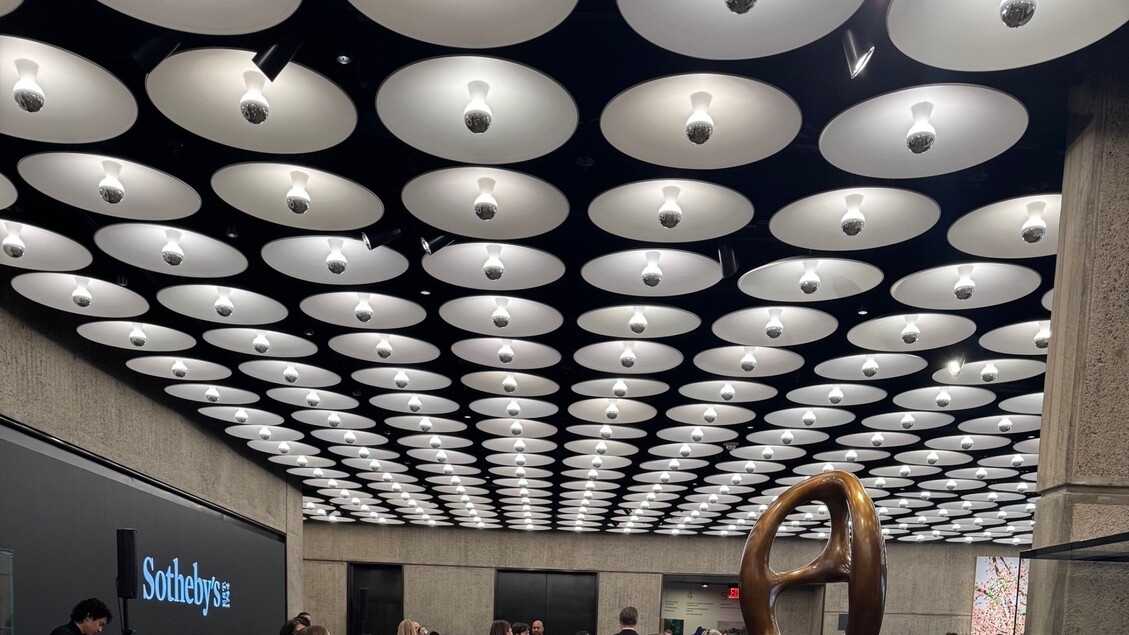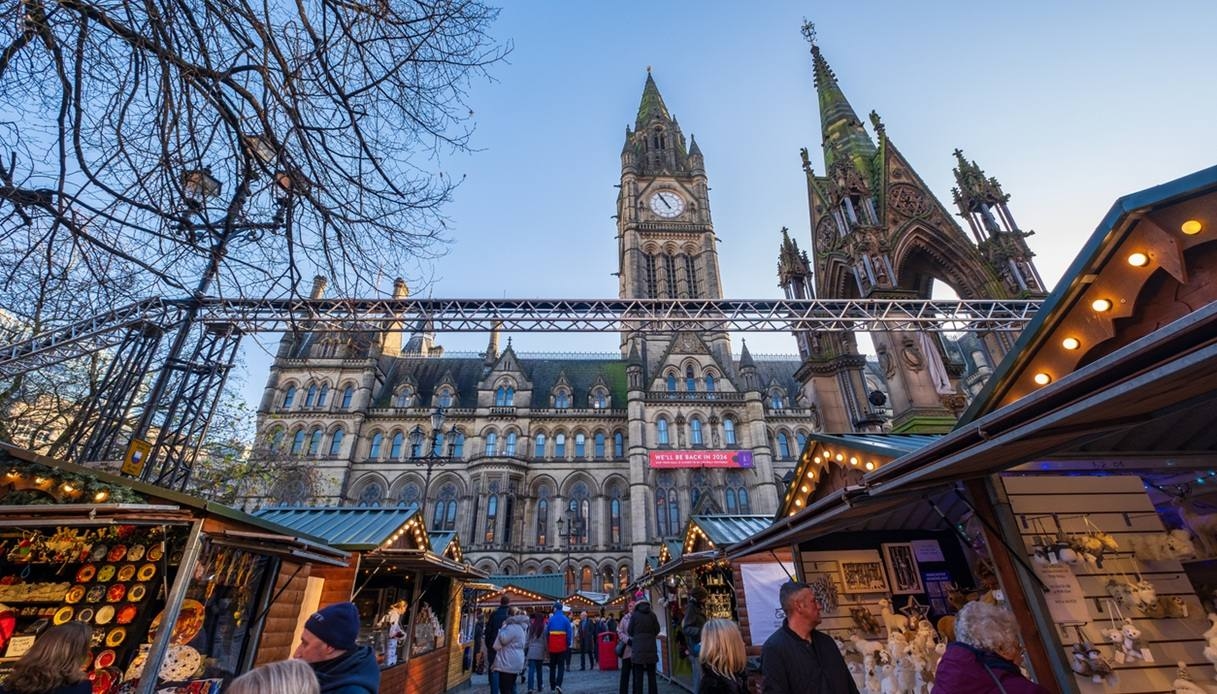Sotheby's Opens New Headquarters on Madison Square Garden

(by Alessandra Baldini) A new art center opens today on Manhattan's Museum Mile, but unlike the tens of dollars in admission to museums like the Guggenheim or the Frick, visitors will have free entry to Sotheby's new headquarters on Madison Avenue. The building, which opened its doors to the public today, is the former Whitney Museum, which the historic auction house purchased in 2023 for $100 million. "This is one of the most important moments in our three-century history, a new chapter in a historic moment for the art market," said Sotheby's CEO Charles Stewart, unveiling the building, constructed in the mid-1960s by Marcel Breuer and renovated by the Swiss firm Herzog & de Meuron while respecting the original structure. The museum you can visit in the coming days is an ephemeral and constantly evolving one: the three Gustav Klimts from the Leonard Lauder collection and the Vincent van Gogh still life from the Cindy and Jay Pritzker collection are already on display until they change hands for the first time on November 18th. The free-to-enter headquarters also symbolizes the dichotomy of New York: the metropolis that elected a socialist mayor, Zorhan Mamdani, in the name of an affordable quality of life, but also a city home to 123 billionaires, more than any other in the world. Among these blue-chip collectors is financier and Mets owner Steve Cohen, who, also on November 18th, will auction off Maurizio Cattelan's 18-carat toilet installed in a top-floor bathroom. One of two pieces created by the Paduan in 2016, the solid gold quintal titled America has a starting estimate of $10 million based on the price of the precious metal that day. Stewart explained the philosophy behind the Breuer purchase: "To make art and luxury more accessible, to allow more people to see, discover, learn, and ultimately own." The Breuer is a rare example of postmodern brutalism in New York designed from the outset for the public. "The building," architect Jacques Herzog wrote, "has survived as a landmark in the urban landscape, maintaining its strength and capacity to inspire." Herzog & de Meuron have preserved the architectural integrity, adapting it to a dynamic future: each intervention has been a search for a balance between conservation and transformation. The spaces dedicated to art and exhibitions have been expanded, the 364 iconic light bulbs in the lobby ceiling have been replaced with new LEDs in the white Breuer had specified, and a loggia protected by tinted glass has also been created, allowing privileged clients to secretly follow the auctions. The trapezoidal windows cut into the concrete by Breuer, through which art dialogues with the ever-changing city, remain intact. The only significant structural change is a large service elevator on the north side, which takes up a small portion of the gallery's original space, but was essential for a company that moves extraordinary quantities of artworks. Invisible to the public, it will also serve to quickly transport VIPs to the "skybox" dedicated to events and private viewings.
ansa





